Did you know that a single courgette plant can produce up to 10 pounds of courgettes in a single growing season? That’s a lot of fresh, delicious vegetables to enjoy! If you’re interested in growing courgettes and care for courgette plants, you’re in the right place. In this article, I’ll share some simple tips and tricks that will help you successfully grow your own courgettes and enjoy a bountiful harvest throughout the season.
Key Takeaways:
- Growing courgettes can result in a bountiful harvest.
- Follow simple tips and tricks for successful cultivation.
- Enjoy fresh, homegrown courgettes throughout the season.
- Courgette plants can produce up to 10 pounds of courgettes.
- Stay tuned for expert advice on growing and caring for courgette plants.
Reasons to Grow Zucchini
There are several reasons to grow zucchini in your garden. First, zucchini plants are known for producing a large number of fruits, resulting in an abundant harvest. Additionally, zucchinis are versatile and can be used in a wide variety of dishes. They are low in calories and packed with essential nutrients. The process of harvesting zucchinis is also enjoyable, and the satisfaction of picking your own homegrown produce is unmatched. Finally, zucchini plants are relatively easy to grow, making them an ideal choice for both beginner and experienced gardeners.
As someone who loves gardening, I can’t recommend growing zucchini enough. The rewards are truly remarkable!
Let’s start with the abundant harvest you can expect from zucchini plants. These plants are known for their prolific fruit production. With proper care and maintenance, your zucchini plant can yield an impressive number of delicious courgettes, providing you with a plentiful supply throughout the growing season.
The versatility of zucchini is another compelling reason to grow them. These nutritious vegetables can be used in countless dishes. From sautéing and grilling to baking and stuffing, the culinary possibilities are endless. You can enjoy zucchini in salads, stir-fries, pastas, soups, and even as a substitute for noodles in low-carb recipes.
Zucchini is not only delicious but also low in calories, making it a great addition to a healthy diet. Packed with vitamins, minerals, and antioxidants, zucchini offers a nutrient-rich option for those looking to maintain a balanced lifestyle.
One of the joys of growing zucchini is the fun of harvesting your own homegrown produce. There’s something incredibly satisfying about plucking a vibrant green courgette fresh from the vine. It brings a sense of accomplishment and connects you to the natural world around you.
Finally, zucchini plants are relatively easy to grow, which is great news for gardeners of all skill levels. With proper sunlight, well-draining soil, and regular watering, you can set yourself up for a successful zucchini-growing adventure. Whether you have a small backyard or a sunny balcony, zucchini plants can thrive in various environments.
So, why wait? Start growing zucchini today and reap the rewards of a bountiful harvest, a wide variety of uses, low-calorie deliciousness, and the joy of harvesting your own homegrown vegetables.
How to Grow Zucchini
Growing zucchini is a straightforward process that can result in a bountiful harvest of this delicious vegetable. By following a few simple steps, you can successfully cultivate your own zucchini plants and enjoy the fruits of your labor. Here’s a step-by-step guide on how to grow zucchini:
- Wait for the right time: Before planting your zucchini seeds, it’s important to wait for the right time. Zucchini plants thrive in warm weather, so make sure the air and soil temperatures have warmed up before planting.
- Choose a suitable spot: Zucchini plants require plenty of sunlight to grow and produce abundant fruits. Find a sunny spot in your garden that receives at least 6 to 8 hours of direct sunlight each day.
- Prep the soil: Prepare the soil in the chosen spot by adding compost or well-rotted manure. This will enrich the soil with nutrients and improve its drainage, ensuring optimal growth for your zucchini plants.
- Plant the seeds: Plant your zucchini seeds in the prepared soil at a depth of about 1 to 2 inches. Space the seeds about 2 to 3 feet apart to allow enough room for the plants to spread as they grow.
- Water in: After planting the seeds, give them a thorough watering to ensure that the soil is moist. This will help the seeds germinate and establish strong roots.
- Fertilization: Provide regular fertilization to your zucchini plants to support their growth and productivity. Use a balanced organic fertilizer or compost tea to feed the plants every few weeks.
By following these steps, you’ll be well on your way to growing healthy and productive zucchini plants. With proper care and maintenance, you’ll soon enjoy a plentiful harvest of fresh zucchinis in your own backyard.
Troubleshooting Zucchini Issues
While growing zucchini, I understand that there may be some common issues that can arise. Here are a few problems you might encounter and some solutions to tackle them:
Powdery Mildew
Powdery mildew is a fungal disease that can affect zucchini plants, causing a powdery white coating on the leaves. To prevent and manage powdery mildew:
- Ensure adequate spacing between plants for proper air circulation.
- Water the plants at the base to avoid wetting the foliage.
- Apply a layer of mulch around the plants to help maintain moisture levels.
Blossom End Rot
Blossom end rot is a common problem that occurs when there is a calcium deficiency in the fruit, resulting in brown, sunken spots at the blossom end. Here are some remedies:
- Add calcium sources such as bone meal or crushed eggshells to the soil.
- Alternatively, you can spray a mix of water and milk on the affected areas to provide calcium.
Poor Pollination
Poor pollination can lead to misshapen or underdeveloped fruit. To improve pollination:
- Hand-pollinate the flowers by gently transferring pollen from the male flowers to the female flowers.
- Attract pollinators like bees and butterflies to your garden by planting flowers that they love.
Squash Bugs
Squash bugs can cause damage to zucchini plants by piercing the leaves and sucking out the sap. To manage squash bugs:
- Inspect your plants regularly and remove any eggs or bugs you find.
- Use physical barriers like row covers to protect your plants from infestation.
- Encourage beneficial insects like ladybugs and lacewings that prey on squash bugs.
By addressing these common issues, you can minimize the challenges that may arise while growing your zucchini plants and ensure a healthy and productive harvest.
Harvesting Zucchini
Harvesting courgettes at the optimal size is essential to get the best flavor and texture. When the zucchini reaches a length of 6 to 8 inches, it is ready to be picked. At this size, the courgette will have a tender and succulent taste, perfect for various culinary applications.
When harvesting courgettes, it’s important to use sharp tools to ensure a clean cut. A knife or shears can be used to sever the fruit from the plant without causing any damage to the vines. Be careful not to apply excessive force, as delicate vines can be easily bruised.
Zucchini offers a multitude of ways to incorporate it into your recipes.
“I love the versatility of zucchini. It can be roasted, sautéed, baked, or used in a variety of dishes like salads, stir-fries, pasta, bread, and even desserts. The possibilities are endless!”
Table:
| Ways to Use Zucchini |
|---|
| Roasting |
| Sautéing |
| Baking |
| Salads |
| Stir-fries |
| Pasta dishes |
| Bread |
| Desserts |
When to Plant Zucchini
Growing courgettes, or zucchini, is a delightful endeavor, but timing is everything when it comes to planting this warm weather crop. It’s important to wait until after the last frost in your area before putting your zucchini seeds or seedlings into the ground.
One of the key factors to consider is nighttime temperatures. Zucchini plants are sensitive to cold temperatures, so it’s crucial to wait until the nights remain consistently above 55 degrees Fahrenheit. Planting too early can result in stunted growth or even the death of your plants.
By following the planting schedule and waiting for the right conditions, you can maximize the growing season and give your zucchini plants the best chance for success. Now, take a look at the table below for a general guideline on when to plant zucchini:
| Planting Zones | Suggested Planting Time |
|---|---|
| Zones 3-5 | Late May to early June |
| Zones 6-7 | Mid to late May |
| Zones 8-10 | Mid April to early May |
Keep in mind that these are general recommendations, and it’s important to check specific guidelines for your location or consult your local agricultural extension for more accurate information.
Now, let’s move on to the next section to learn more about the sunlight requirements for zucchini plants.
Sunlight Requirements for Zucchini
Zucchini plants require ample sunlight for optimal growth and development. Adequate exposure to sunlight is crucial to ensure a successful harvest of delicious courgettes. Here are some key points to keep in mind:
Zucchini plants thrive in full sun, requiring a minimum of 6 to 8 hours of direct sunlight per day. It is important to choose a planting location that receives plenty of sunlight throughout the day.
“Sunlight is the lifeblood of zucchini plants. They need those rays to produce abundant fruits and reach their full potential.”
Ideally, the planting spot should have southern exposure, allowing the plants to receive sunlight from morning till evening. This constant exposure to sunlight facilitates photosynthesis, the process that converts sunlight into energy for plant growth.
If a southern exposure is not available, zucchini plants can also tolerate a western exposure where they receive sunlight mainly in the afternoon. While this may not provide the same level of constant sunlight, it can still be sufficient for their growth.
Prolonged shade or partial shade, receiving less than 6 hours of direct sunlight, can have a negative impact on the growth and fruit production of zucchini plants. Inadequate sunlight may result in slower growth, smaller fruits, and reduced overall yield.
To ensure your zucchini plants receive the optimal amount of sunlight, it’s important to plan your garden layout accordingly. Keep in mind any potential shade from nearby buildings, trees, or fences that could obstruct sunlight.
By providing your zucchini plants with the required 6 to 8 hours of direct sunlight, either through a southern or western exposure, you will set the stage for a successful and rewarding growing experience.
Soil Requirements for Zucchini
When it comes to growing courgettes successfully, providing the right soil conditions is essential. Zucchini plants thrive in well-draining soil that is rich in organic matter, ensuring optimal growth and productivity.
To create an ideal soil environment for your zucchini plants, consider the following:
- Ensure your soil is well-draining to prevent waterlogging, which can lead to root rot and other issues.
- Add organic matter, such as compost or well-rotted manure, to improve soil fertility and structure.
- Aim for a neutral to slightly alkaline soil pH, ideally between 6.0 and 7.5, for optimal nutrient availability.
- Avoid planting zucchini in soils that have previously grown other cucurbits, as this can increase the risk of disease and pest problems.
- Practice crop rotation by growing zucchini in different areas of your garden each year. This helps prevent the build-up of pests and diseases and maintains soil health.
By ensuring your zucchini plants have well-draining soil with adequate organic matter, you’ll provide them with the ideal growing conditions for a successful harvest. Remember to incorporate crop rotation practices to maintain soil health and prevent the spread of diseases.
Soil Requirements for Zucchini
| Soil Requirement | Description |
|---|---|
| Well-draining soil | Prevents waterlogging and root rot |
| Organic matter | Improves soil fertility and structure |
| Neutral to slightly alkaline pH | Ideal range of 6.0 to 7.5 for nutrient availability |
| Avoid previous cucurbit planting | Prevents disease and pest issues |
| Crop rotation | Maintains soil health and prevents disease build-up |
Conclusion
Growing courgettes can be a truly enjoyable and rewarding experience, leading to a successful cultivation and a bountiful harvest of this versatile vegetable. By following the simple tips and tricks outlined in this article, you can ensure the thriving growth of your courgette plants and relish the fruits of your labor.
Courgettes, also known as zucchinis, offer endless possibilities in the kitchen. From refreshing salads to flavorful stir-fries, this versatile vegetable can enhance a wide range of dishes. The satisfaction of using homegrown courgettes in your culinary creations adds an extra level of freshness and flavor that store-bought produce simply can’t match.
With their ability to adapt and grow in various climates, courgettes are the ideal choice for both experienced gardeners and beginners alike. Whether you have limited gardening space or ample outdoor acreage, courgettes can fit into any garden setup. Their resilience and low-maintenance nature make them a reliable addition to any vegetable garden.
So, embrace the joy of growing courgettes in your own backyard. From successful cultivation to a bountiful harvest, this versatile vegetable will not disappoint. Take pride in nurturing your plants, and enjoy the abundance of fresh, homegrown courgettes that awaits you.


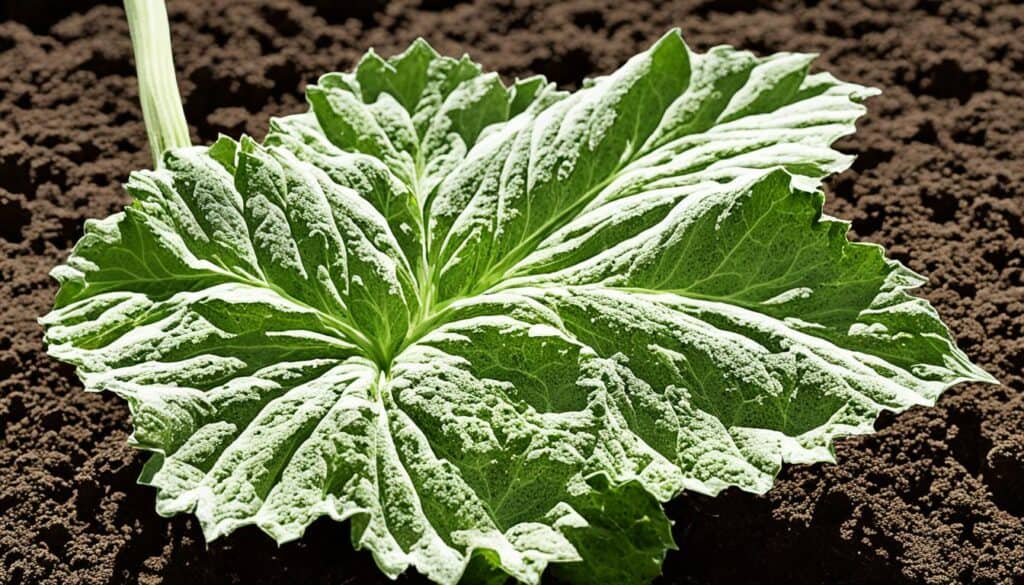
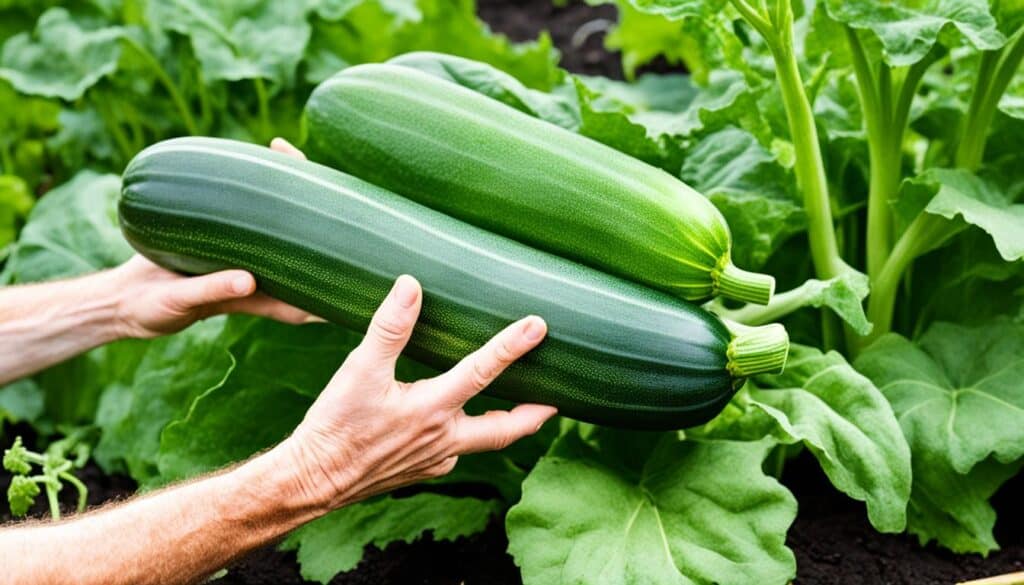

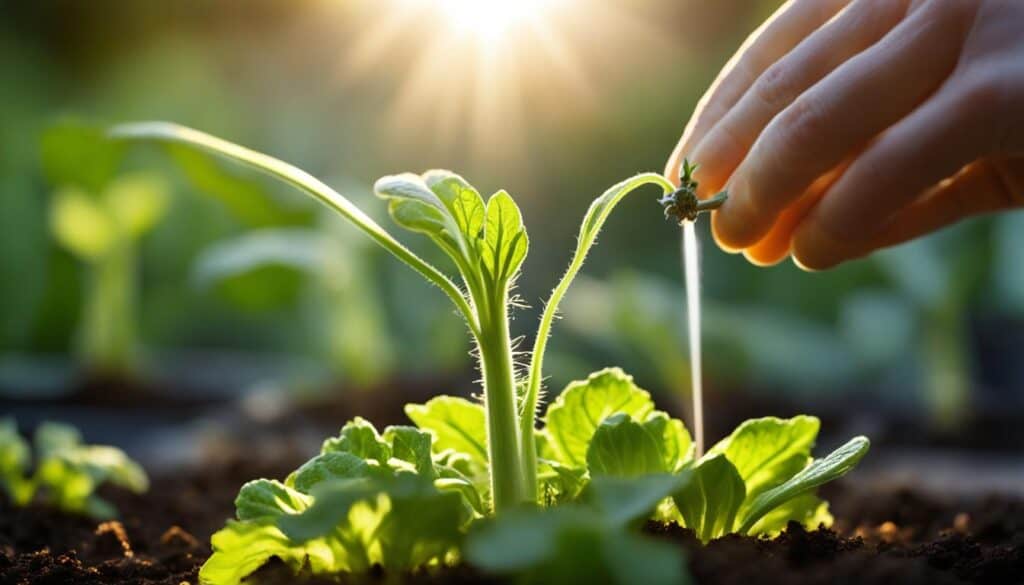
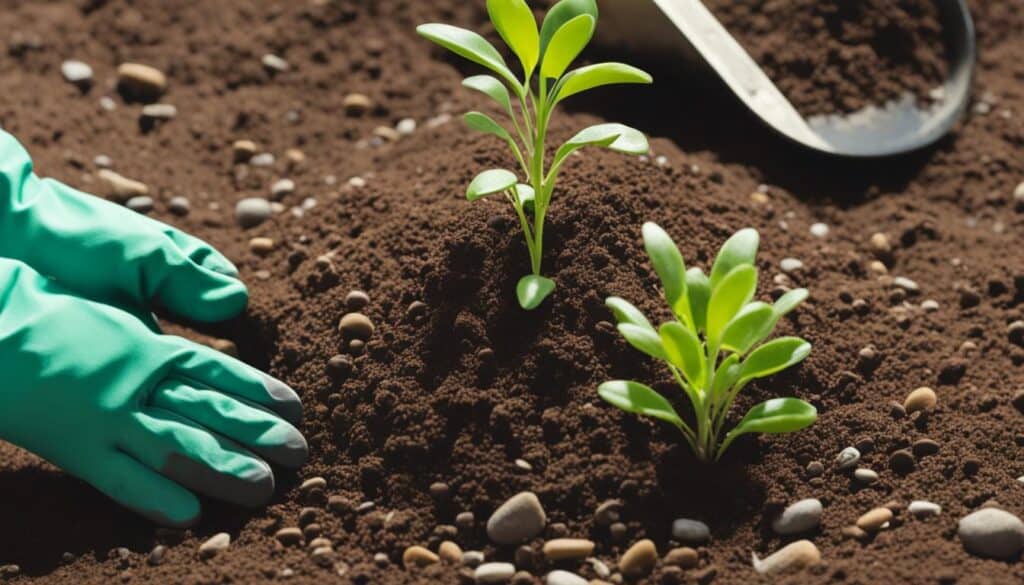


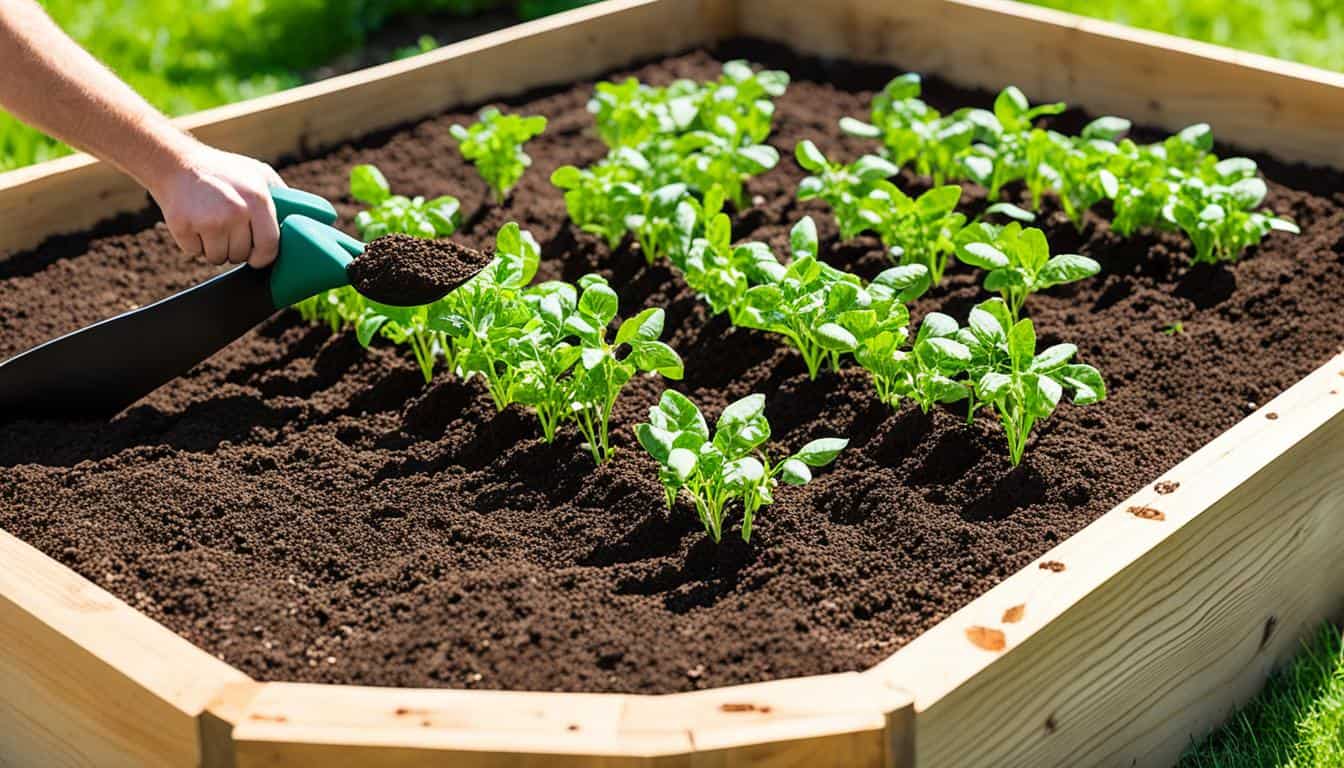
Leave a Reply